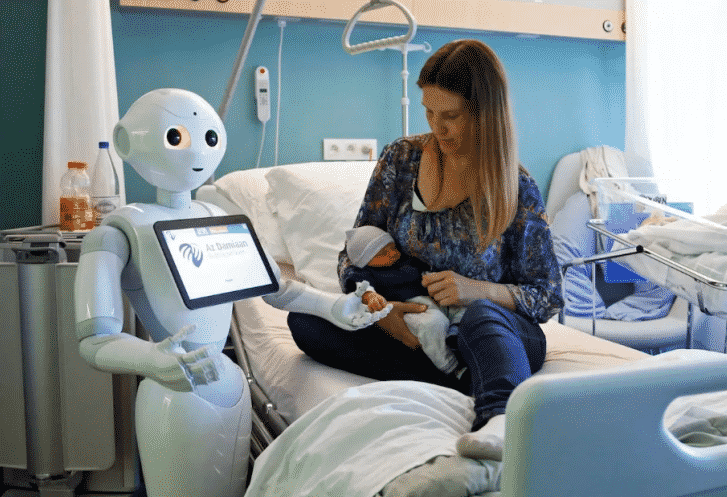The most important thing to put into mind when it comes to healthcare is how it affects the patient’s stay or interaction with the hospital. Because of this, many hospitals have upgraded their equipment so that the patients enjoy their stay. But is there truly the need to spend thousands of dollars a month on new material and maintenance?
Artificial intelligence has become increasingly more popular as we advance into a more technological era of society. This is especially true when we talk about healthcare. Artificial intelligence is being used in a lot of hospitals in the U.S, and it’s become a popular alternative to increase the feeling of hospitality that should emanate from a fully-fledged hospital.
But how does AI draw so much impact in empowering patient care in recent years?
How Does AI Help With Patient Care
AI can help with a plethora of things in the hospital from assisting patients and asking them questions to assisting with patient diagnosis. The sky’s the limit whenever we talk about technology such as this. But how does it further empower patient care in hospitals?
Chatbots That Get Patients What They Need
This is one of the main reasons why AI’s are a must-have if you have a hospital in need of proper management and quicker decisions. Chatbots guide users to appropriate help with just a few responses. As opposed to looking up the symptoms online and possibly getting wrong answers that lead you to paranoia (I’m looking at you WebMD), these chatbots give more accurate and quick responses to the patient.
By collecting the necessary information from the patient, the AI can provide information about the condition and suggest the next steps based on the input it receives. This supports clinical teams by lightning heavy caseloads that would’ve taken them hours to do. The AI can even route a video call between the patient and an available doctor or a live provider.
Partnerships between chatbot companies and organizations in healthcare are already underway with the sole goal of improving the algorithms to create a top-notch user-based experience.
Wearable AI — Bridging The Data Gap
Chatbots have inherent flaws when it comes to data collection, and it’s noticeable. The use of AI tools and wearables are used in conjunction with these chatbots to compensate for chatbot flaws. These devices monitor patient data and remote management in real-time. This helps the quality of life that patients get whenever they go to a hospital with this available.
These devices can vary, and even your smartwatch that has a fitness tracker can provide essential data that your doctor needs to achieve a diagnosis. This only shows how far we’ve come when it comes to technological breakthroughs. Even things as little as wearable AI can make such a big difference.
With the recent addition of cardiograms on things such as the Apple Watch and Fitbit, it shows how with the optical heart rate sensors, we can find the conditions that would otherwise take weeks or months to detect. Diseases such as diabetes, hypertension, atrial fibrillation, and even sleep apnea can be easily identified with these wearable gadgets.
What Does This Mean For Our Healthcare?
Artificial intelligence is fresh and all, but what does this truly mean for our healthcare organizations? Will these chatbots inevitably replace primary care?
These are glaring questions that healthcare organizations have already answered in recent interviews. The risk of getting replaced by an AI is little to none; these chatbots were not created to be an alternative for expensive healthcare workers. The AI is used to assist with patient management and the collection of the necessary information so that primary care practitioners don’t have to. This helps make the process swift for the patient’s convenience.
These AI’s are only getting better with each breakthrough and they are here to stay. With the help of these AI systems, we can look forward to a future of high-class service coming from hospitals and clinics all around the world.

